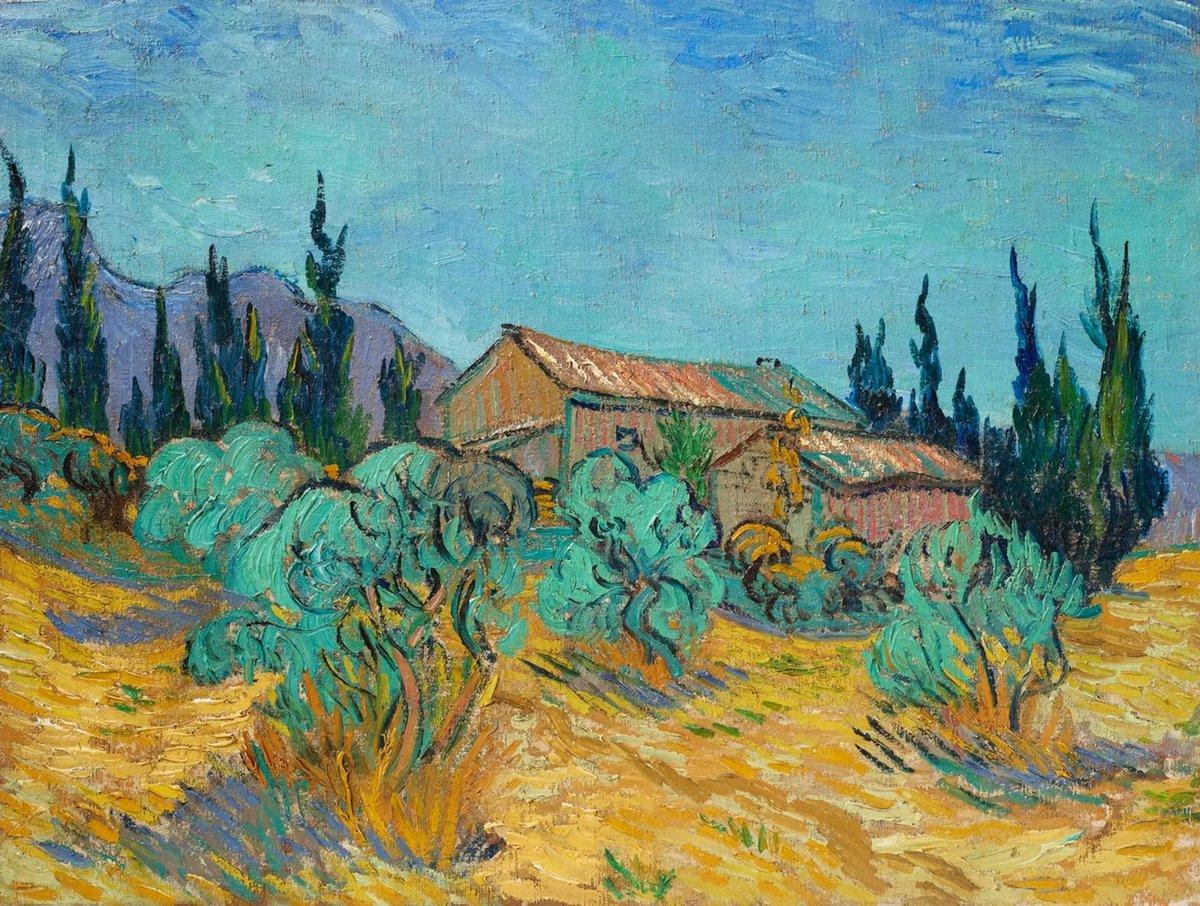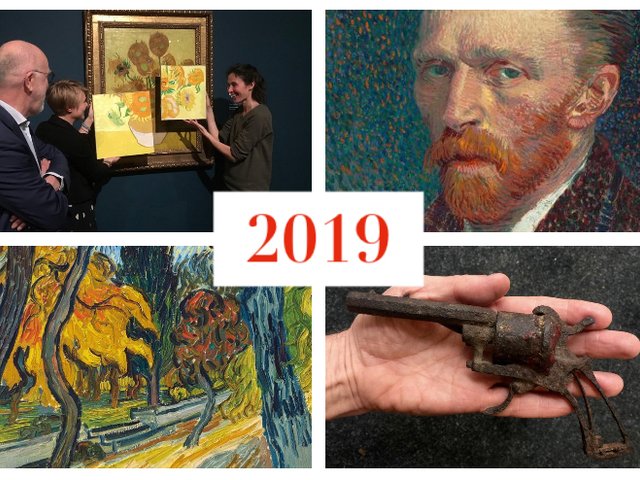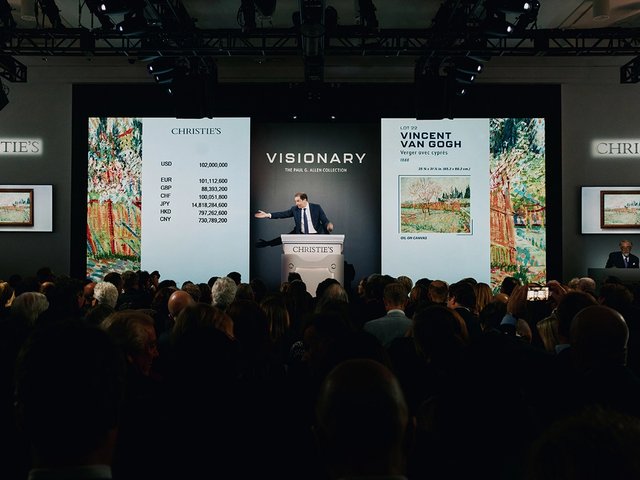Last night, Christie’s in New York sold four Van Gogh paintings for a total of $161m, nearly double the mid estimates. This suggests a step-change rise in the financial value of works from his sought-after late French period, due partly to growing interest from collectors in the Far East.
The top lot on 11 November was Wooden Cabins among the Olive Trees and Cypresses (Cabanes de bois parmi les oliviers et cyprès) (October 1889), which sold from the collection of the Texan oilman Edwin Cox, who died last year. The magnificent Saint-Rémy-de-Provence landscape, set under a powerful sky, is dominated by the olive groves and cypresses, which are quintessential Van Gogh motifs.
Although Christie’s had not put a formal estimate on the painting, when the catalogue was published the price expected was around $40m—but it went for $71.3m (with fees). The painting sold to a bidder in the New York saleroom, after strong competition from Hong Kong. Our New York-based corespondent Judd Tully reports that it went to Hugo Nathan of London’s art advisors Beaumont Nathan, presumably for a client.
This makes Wooden Cabins among the Olive Trees and Cypresses the second highest price for a Van Gogh at auction since the Millennium. Labourer in a Field (Laboureur dans un champ) (1889) sold for $81.3m in 2017.
Two other Van Goghs have fetched higher prices at auction, but that was decades ago. A self-portrait (1889) went for $71.5m in 1998, only just above yesterday’s $71.35m (but taking inflation into account, the 1998 sale represented considerably more). Back in 1990 Portrait of Dr Gachet (1890) went for an amazing $82.5m, then the highest-ever price for any work of art at auction (with inflation, it would be equivalent to double that sum today). The Gachet portrait has disappeared into a private collection and there is much speculation about its fate.
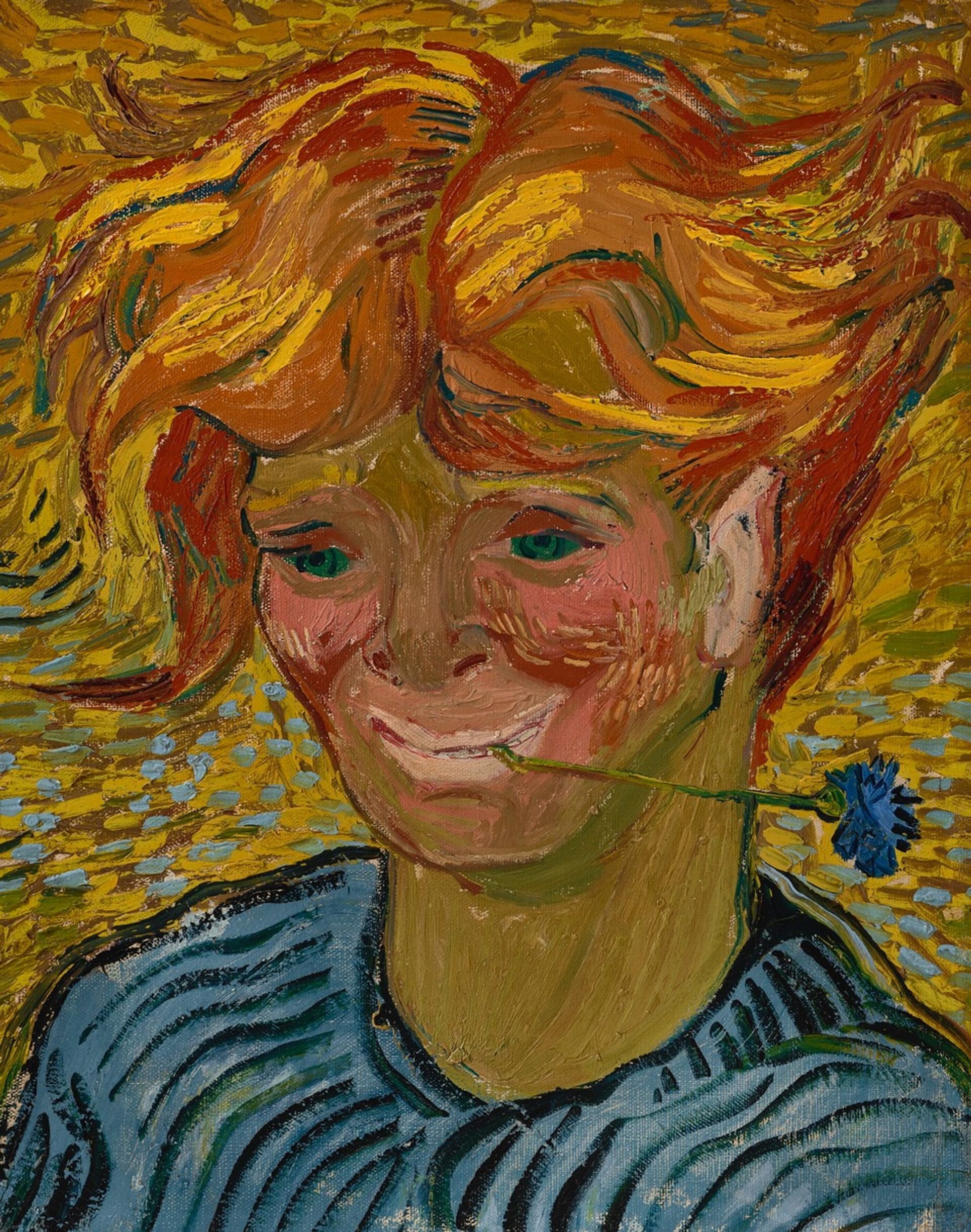
Van Gogh’s Young Man with a Cornflower (Jeune Homme au Bleuet) (June 1890), sold for $46.7m © Christie’s Images Ltd 2021
The biggest surprise in last night’s auction was Young Man with a Cornflower (Jeune Homme au Bleuet) (June 1890), which had been estimated at $5m-$7m. After a nine-minute contest with 11 bidders it sold for an astonishingly high $46.7m. An unusually expressionistic work, painted in the last weeks of Van Gogh’s life in Auvers-sur-Oise, it is far from being a conventional portrait. Although usually assumed to be a boy, it may possibly depict a girl.

Van Gogh’s Wheatstacks (Meules de Blé) (June 1888), sold for $35.5m © Christie’s Images Ltd 2021
The last of the three Cox Van Goghs was Wheatstacks (Meules de Blé) (June 1888), a watercolour and gouache, which carried an estimate of $20m-$30m. It sold for $35.5m, which with the buyer’s premium was slightly above the upper estimate.
Research by Christie’s suggested that the painting had been subject to a forced sale during the Nazi period and it was then looted during the war. A settlement was therefore brokered so that the proceeds would be shared between the Cox estate and the heirs of the Berlin industrialist Max Meirowsky and Parisian-based Alexandrine de Rothschild.
Tully reports that the watercolour, like the Saint-Rémy oil landscape, also sold to Beaumont Nathan. The price of just under $36m represents an auction record for a Van Gogh work on paper. Until now the most expensive one was The Harvest (June 1888), which went for £8.8m in 1997 (then equivalent to $15m).
Wheatstacks is a vibrant work and is certainly among Van Gogh’s finest watercolours. It depicts a farm which was then just outside of Arles. Most of the ancient farmhouse survives, now marooned among 1960s apartment blocks.
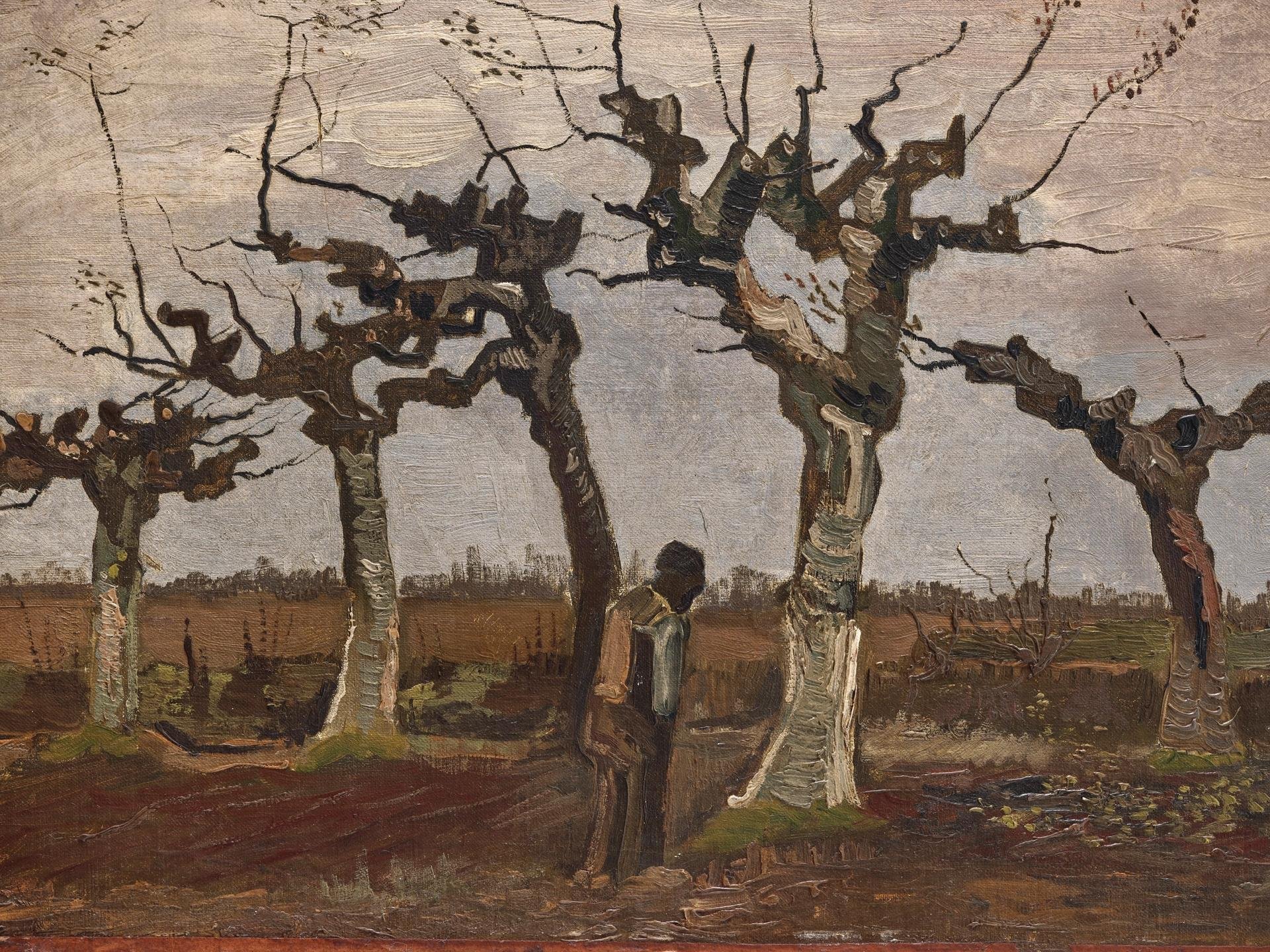
Van Gogh’s Knot Birches (Knotberken) (May 1884), sold for $7.3m
Along with the Cox works, there was also an early Van Gogh painting sold at Christie’s last night. Knot Birches (Knotberken) dates from May 1884 when Van Gogh was living with his parents in the village of Nuenen, in the south of the Netherlands. These early works do not command the prices of Van Gogh paintings done after his arrival in Provence four years later.
Consigned by an unnamed owner, Knot Birches had been estimated at $4m-$6m. It sold for $7.3 (with fees), close to its upper estimate.
Van Gogh’s works only come up for auction infrequently. Last night’s sale of four paintings on a single day was probably a unique occasion in the past few decades, giving an unusual opportunity to see the market at work. With the prices realised averaging nearly twice the mid estimates, future auctions are likely to see higher valuations. Much of the rise can be ascribed to new collectors emerging in China, Hong Kong and Korea.
And, of course, this is for an artist who failed to sell his own work. Vincent is known for having sold a single painting: Red Vineyard at Arles (1888). It was bought by the Belgian artist Anna Boch in February 1890, five months before his death, and is now in the Pushkin Museum in Moscow.
Other Van Gogh news:
The house once occupied by Vincent’s sister-in-law Jo van Gogh-Bonger has been saved. Villa Eikenhof was built in 1901 for her on the outskirts of the town of Bussum, 20 kilometres south-east of Amsterdam. Jo left in 1904, and from then on it was rented out by her descendants until its sale in 1978. Although recently threatened with demolition, the governmental authorities this week declared it to be a protected monument. The house, at 39 Regentesselaan, is now being sold by the Amersfort-based estate agent Redres for €1.8m—hopefully to an owner who values its historical importance.
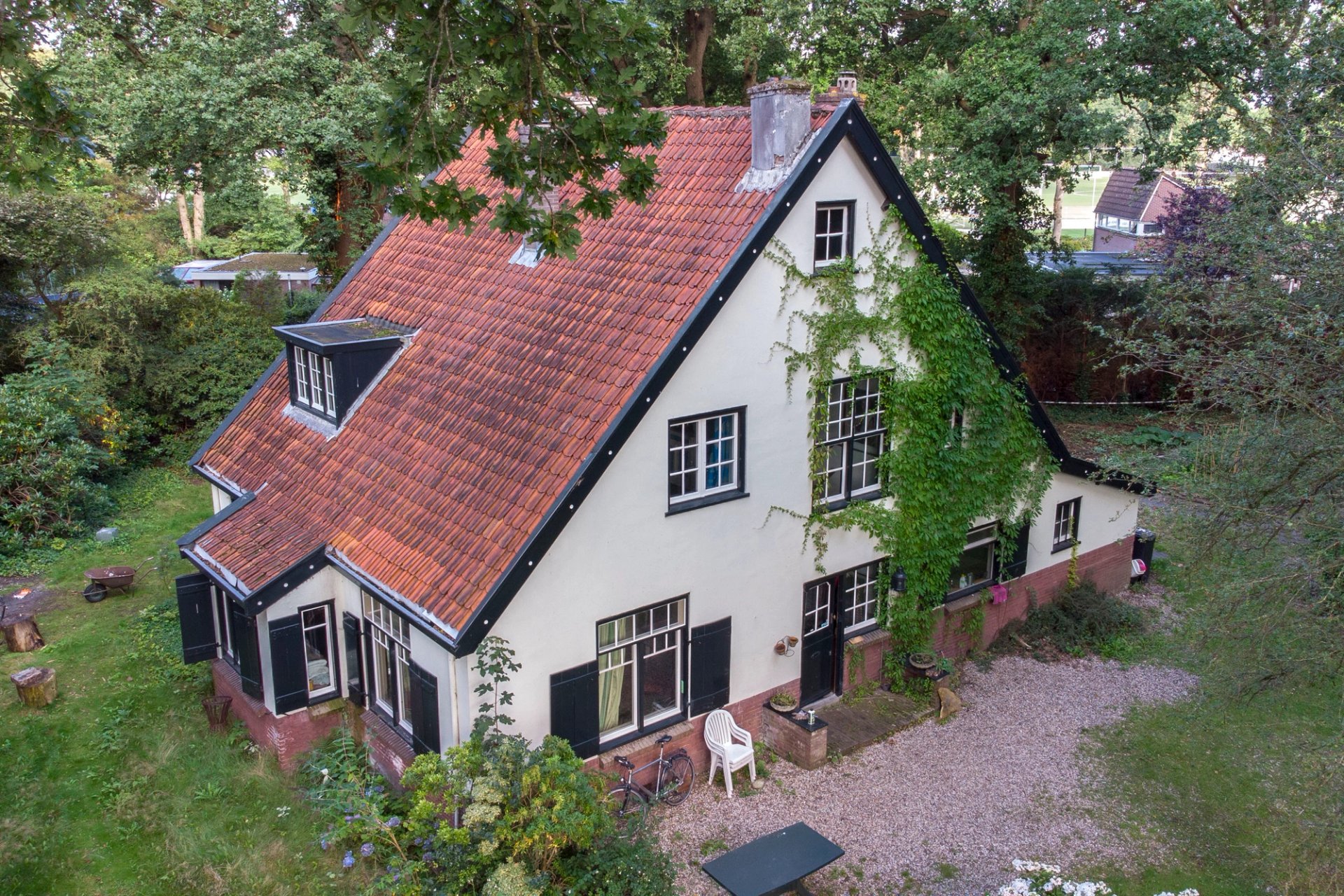

Villa Eikenhof, Bussum © Redres, Amersfort


